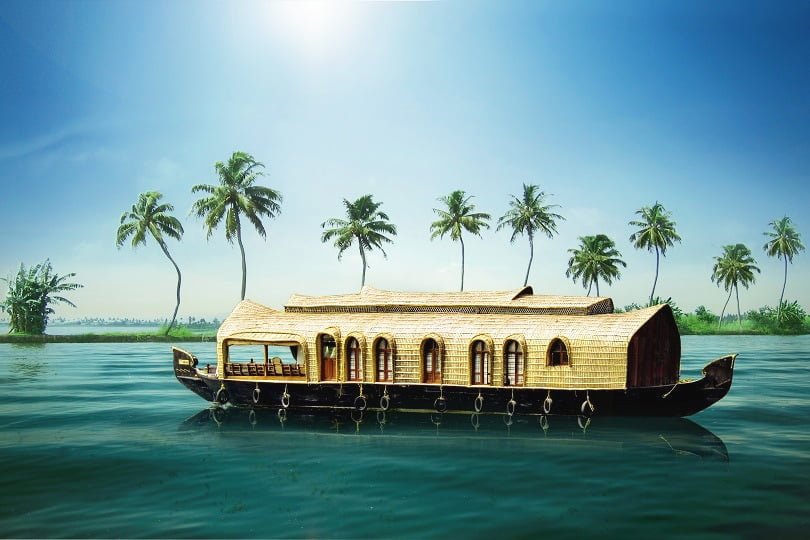Kerala Piravi, which translates to “Kerala Formation Day,” is a significant celebration that takes place on November 1st every year. This day marks the birth of the beautiful state of Kerala in India. Let us embark on a journey through the cultural heritage of Kerala and explore the richness it has to offer.
Introduction
Kerala, often referred to as “God’s Own Country,” is renowned for its captivating beauty, diverse traditions, and vibrant culture. Nestled along the southwestern coast of India, Kerala is blessed with lush green landscapes, serene backwaters, pristine beaches, and a plethora of festivities that reflect its cultural heritage.
History and Formation
Kerala’s history dates back to ancient times, with evidence of human settlements found as early as the Neolithic period. Over the centuries, Kerala witnessed the rise and fall of several dynasties, including the Chera, Pandya, and Chola kingdoms. It was during the 18th century that British colonial rule began in Kerala, followed by independence from British India in 1947. On November 1, 1956, Kerala was officially formed as a state by merging the Malayalam-speaking regions.
Rich Cultural Traditions
Kerala’s cultural heritage is a blend of influences from various dynasties, religions, and communities. The state is renowned for its classical dance forms, music, martial arts, literature, and festivals.
1. Classical Dance Forms
Kathakali, Mohiniyattam, and Ottamthullal are some of the iconic classical dance forms intrinsic to Kerala’s cultural identity. Kathakali, characterized by elaborate makeup, vibrant costumes, and expressive gestures, narrates mythological stories with great intensity. Mohiniyattam, known for its graceful movements and subtle expressions, mesmerizes the audience with its elegance. Ottamthullal, a comic dance form, combines dance and storytelling to entertain and enlighten.
2. Music and Melodies
Kerala’s music tradition is showcased through various forms, such as Carnatic music, Sopana Sangeetham, and the folk music of Kerala. Carnatic music, rooted in ancient scriptures and classical compositions, is performed with precision and devotion. Sopana Sangeetham is a soul-stirring form of devotional music performed in Kerala’s temples. The folk music of Kerala, including Onam songs and Mappila pattu, reflects the vibrant spirit and joyous celebrations of the locals.
3. Martial Arts
Kalaripayattu, the ancient martial art form of Kerala, is recognized as one of the oldest fighting systems in existence. Known for its fluid movements, acrobatics, and weapon techniques, Kalaripayattu showcases the physical and mental prowess of its practitioners. It is not just a form of combat but also a way of life that emphasizes discipline and self-control.
4. Literature and Language
Kerala has a rich literary tradition, with Malayalam being the official language of the state. The works of renowned poets like Kumaran Asan, Vallathol Narayana Menon, and Akkitham Achuthan Namboothiri have contributed significantly to Malayalam literature. The state’s libraries showcase a vast collection of ancient manuscripts and literary treasures, preserving Kerala’s literary heritage.
5. Festivals and Celebrations
Kerala is known for its colorful and elaborate festivals that showcase its vibrant culture. Onam, the harvest festival, is celebrated with great pomp and show, featuring the famous snake boat races and traditional folk performances. Vishu, the Malayalam New Year, is another significant festival where people adorn their homes with intricate floral decorations and indulge in sumptuous feasts. The Thrissur Pooram, a grand temple festival, enthralls visitors with its magnificent processions and fireworks.
Preserving Kerala’s Cultural Heritage
Kerala takes immense pride in preserving and promoting its cultural heritage. Efforts are made to protect traditional art forms, support local artisans, and showcase Kerala’s cultural wealth to the world. The state government organizes cultural festivals and initiatives to create awareness and encourage participation in various art forms. Museums and cultural centers provide a platform to showcase Kerala’s history, traditions, and artistic excellence.
Conclusion
Kerala Piravi is not just a celebration of the state’s formation but also an occasion to celebrate its rich cultural heritage. The journey through Kerala’s cultural tapestry takes us back in time, unravels the beauty of its traditions, and showcases the diversity that makes Kerala truly unique. Let us embrace and preserve this cultural heritage for generations to come, ensuring that the spirit of Kerala Piravi lives on forever.
Also Read: Exploring the Rich Traditions and Cultural Significance of Dasara
Discover more from NoseyPepper
Subscribe to get the latest posts sent to your email.










Recent Comments